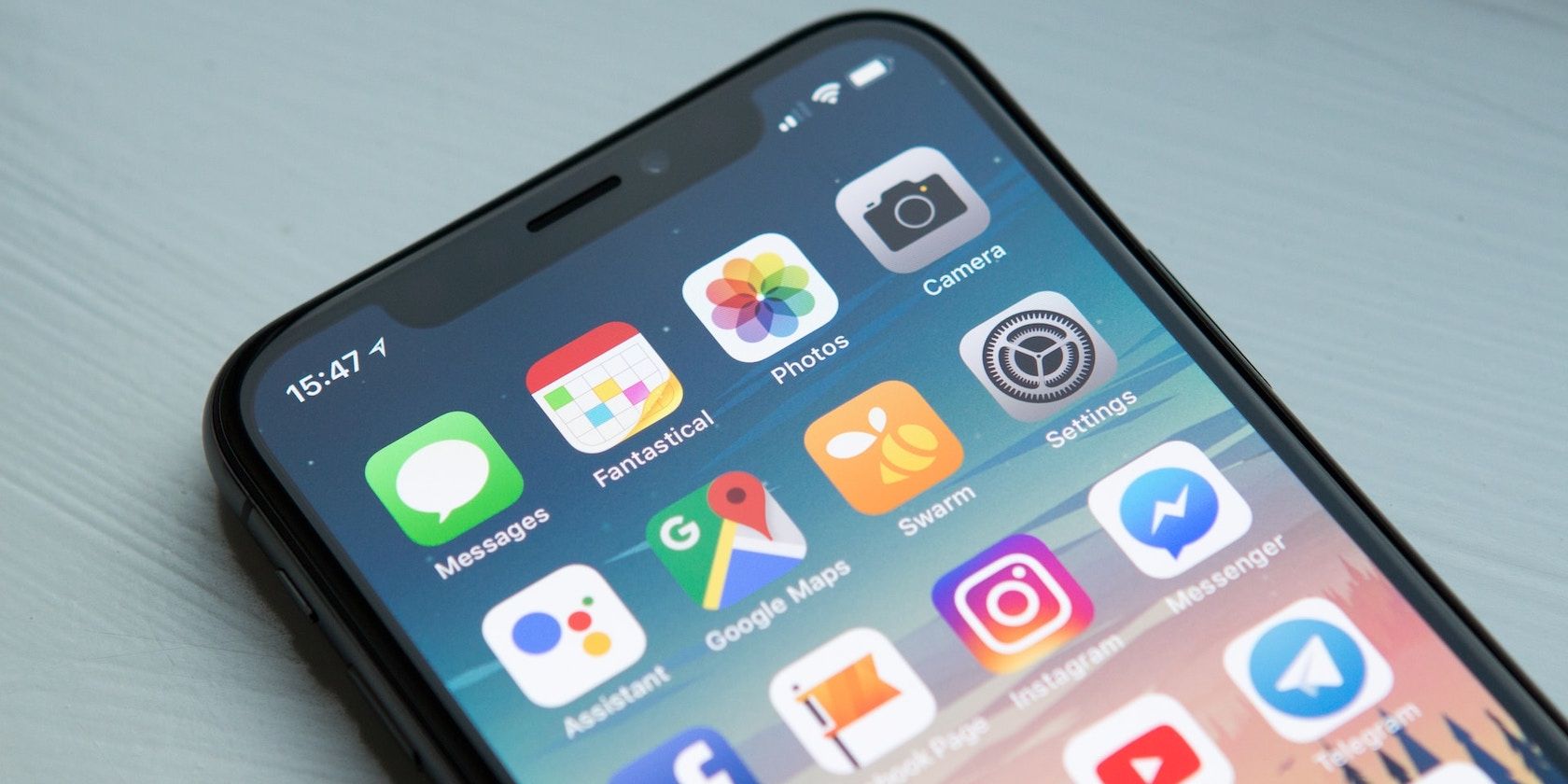
Elite Selection: The Definitive List of Premium Monitors Tailored for Photographers

Elite Selection: The Definitive List of Premium Monitors Tailored for Photographers
Read update
- We’ve updated this buying guide with several new picks for photo editing monitors. Take a look!
If you’re editing photos or videos often, a monitor made specifically for this task is important. Only the best monitors for photo editing can deliver excellent color accuracy, wide coverage of key color spaces, and seamless connectivity with your workstation.
UPDATE: 01/05/2024
We’ve updated this buying guide with several new picks for photo editing monitors. Take a look!
BenQ PhotoVue SW272U
Best Monitor for Photo Editing Overall
$1500 at Amazon
ASUS ProArt Display PA279CRV
Best Budget Monitor for Photo Editing
$427 at Amazon
BenQ SW321C
Best 4K Monitor for Photo Editing
$1900 at Amazon
LG 40WP95C-W
Best Ultrawide Monitor for Photo Editing
$1397 at Amazon
Apple Studio Display
Best Mac Monitor for Photo Editing
$1300 at Amazon
ASUS ProArt Display PA32DC
Best Monitor for Video Editing
$2800 at Amazon
What to Look For in a Monitor in 2024
There are many things to consider while buying a monitor for photo editing, but color-related attributes sit at the top of the list. You want a monitor with excellent color performance, meaning it should have great color accuracy and wide coverage of the color spaces you require for your work.
Display panel technology plays a significant role in any monitor’s color accuracy. And among the various LCD screens, IPS panels have the best accuracy. So, it’s a good idea to go for IPS monitors and avoid TN and VA-type panels . OLED panels can also offer excellent color accuracy, but they are still relatively rare for monitors as opposed to TVs.
Among other factors, you would want to consider the size and resolution of your monitor. While a bigger size is typically better, 27 inches offers a sweet spot between the required desk space and viewing distance. But, in the end, it’s a matter of personal preference.
Similarly, while a 4K screen will undoubtedly show images in sharper detail and closer to its original resolution, a 1440p display is perfectly good for editing photos.
On the connectivity side, make sure your computer, whether it’s a desktop or laptop, can be easily connected to the monitor. Laptop owners will certainly appreciate a USB Type-C input with DP Alt mode and power delivery, as it allows a single cable operation.
Finally, of course, your budget is an important consideration. But remember, a great photo editing monitor will last you a long time and will be worth investing extra in. So make sure to keep that in mind while shopping for the monitor.
| How Did We Research | ||
|---|---|---|
| Models Evaluated | Hours Researched | Reviews Analyzed |
| 35 | 40 | 30 |
How-To Geek’s product recommendations come from the same team of experts that have helped people fix their gadgets over one billion times. We only recommend the best products based on our research and expertise. We never accept payment to endorse or review a product. Read More »
Best Monitor for Photo Editing Overall: BenQ PhotoVue SW272U
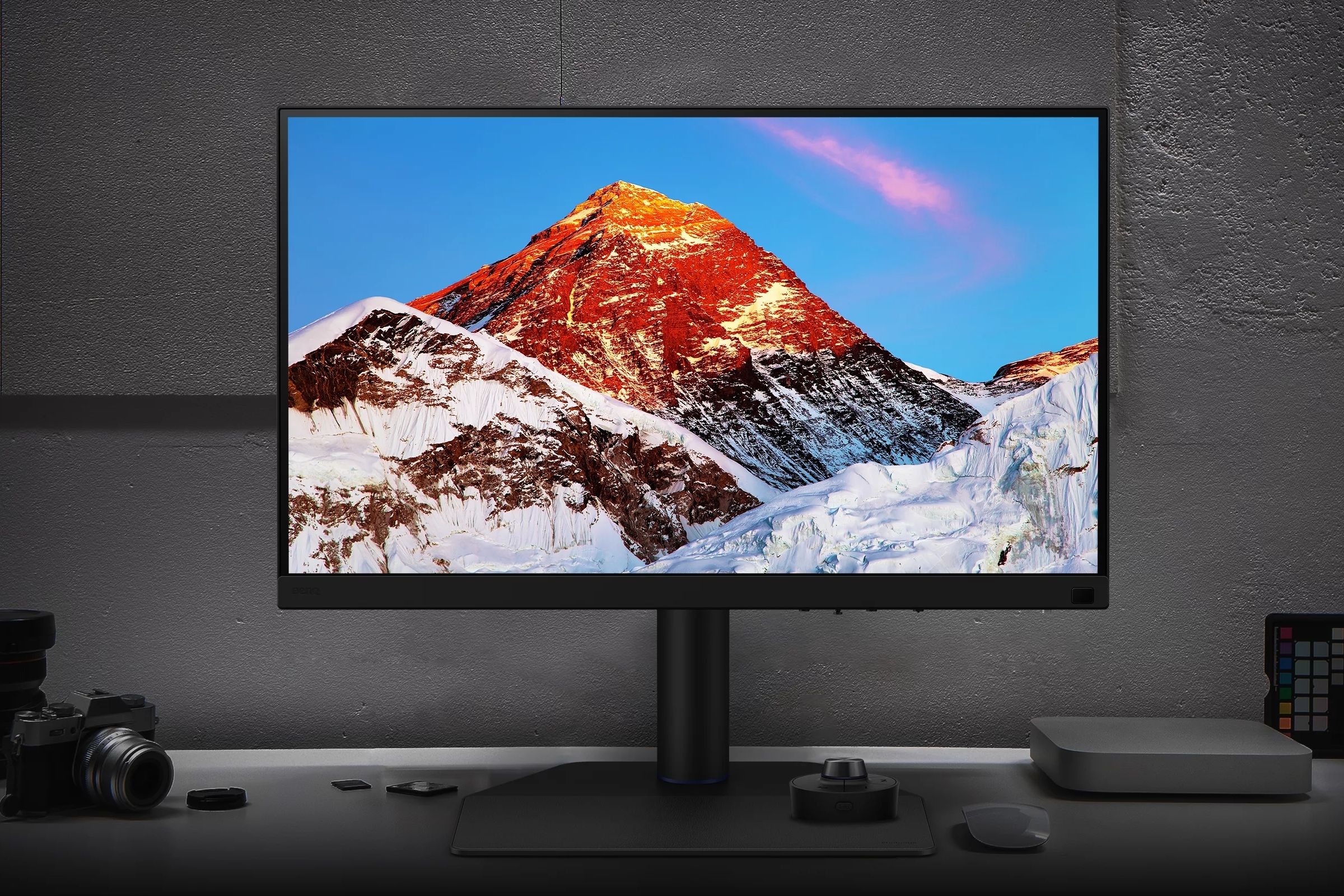
BenQ
| Pros | Cons |
|---|---|
| Impressive color accuracy and gamut | Not a true 10-bit color depth display |
| Factory color calibrated | Expensive |
| Ergonomic stand |
BenQ’s PhotoVue lineup is known for producing some of the best monitors for creative work. If you want the best monitor for photo editing, it’s hard to go wrong with the PhotoVue SW272U .
This is a 27-inch 4K monitor that comes with an IPS screen for superior color accuracy, 8-bit color depth with FRC (frame rate control), and 400 nits of peak brightness. The monitor can display 99% of the AdobeRGB and DCI-P3 color spaces and 100% of the sRGB. You also get dedicated, built-in color modes for each color space.
Moreover, you can store three custom color modes based on your calibration. Although the monitor comes factory-calibrated, it supports hardware calibration and third-party calibration software to ensure consistency.
In other highlights, the BenQ monitor has a matte finish to reduce glare and reflection, and the bundled stand is quite ergonomic. You also get VESA mounting holes if you don’t want to use the included stand. Plus, the company packs a wireless hotkey puck that can give you quick access to preset color modes, monitor options, and much more.
You get a wide range of connectivity options, including USB-C with 90W power delivery, allowing you to connect your laptop seamlessly with a single cable.
There is much to like about the PhotoVue SW272U, but it’s a bit expensive, which isn’t surprising given its fantastic features. But if you want something more affordable, consider the company’s PhotoVue SW272Q . It shares several features with the S272U but has a QHD resolution with 300 nits peak brightness and lacks HLG support.
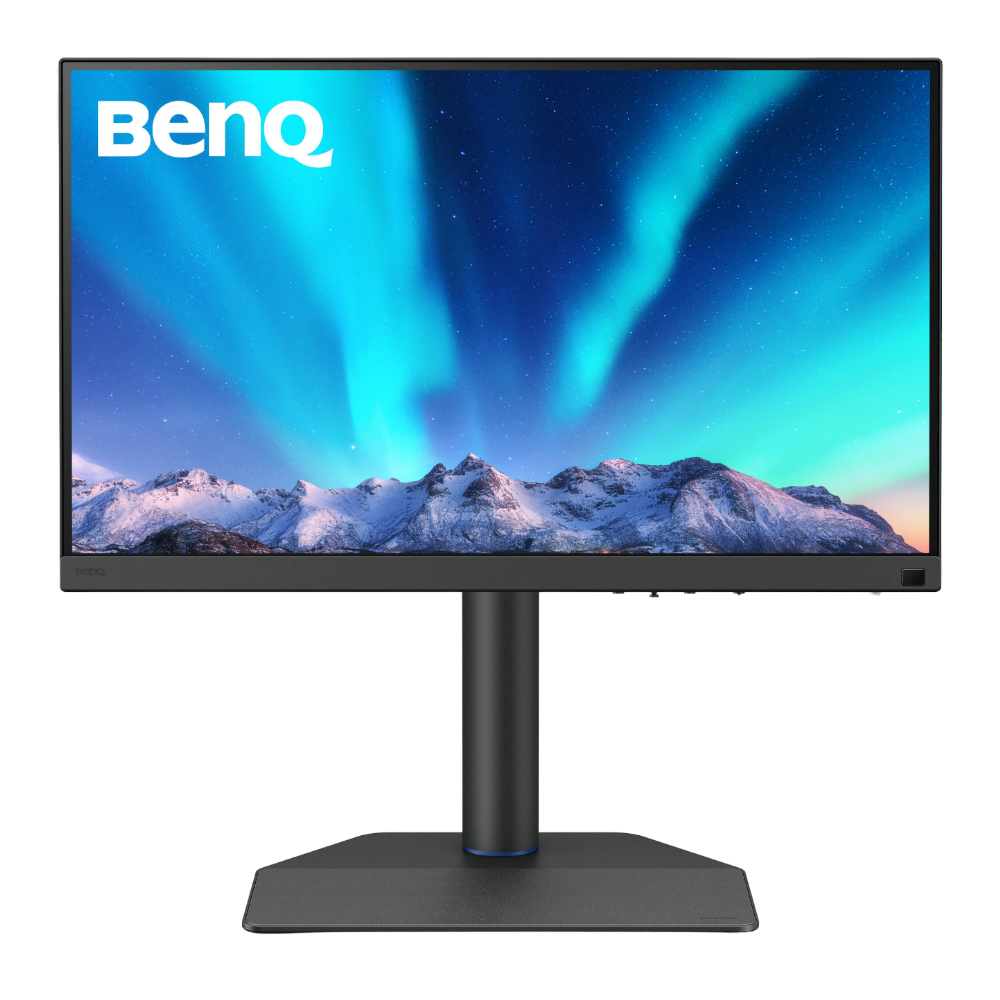

Best Monitor for Photo Editing Overall
BenQ PhotoVue SW272U
The BenQ PhotoVue SW272U is a fantastic 4K monitor that’s choke-full of helpful features. Professionals will appreciate its impressive accuracy and wide color gamut.
$1500 at Amazon See at B&H Photo Video
Best Budget Monitor for Photo Editing: ASUS ProArt Display PA279CRV
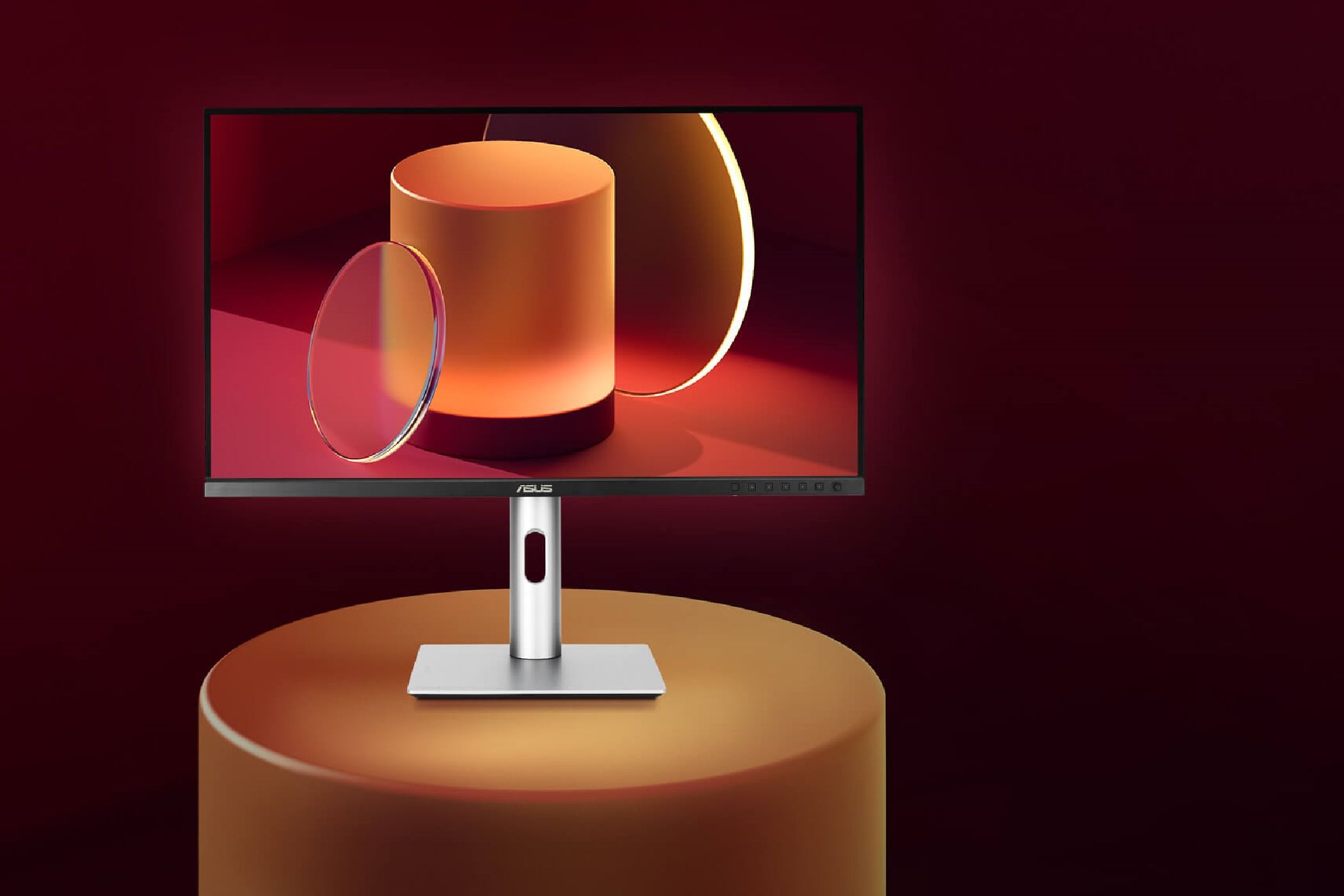
ASUS
| Pros | Cons |
|---|---|
| Solid color accuracy with a wide gamut | Mediocre contrast |
| Tons of connectivity options | |
| Bundled stand is ergonomic | |
| 4K resolution for crisp detail |
Not everyone can afford a $1,500 or $3,000 photo editing monitor. So, if you have a tight budget, the ASUS ProArt Display PA279CRV is a solid 4K monitor that you can consider for your photo work. It’s a 27-inch 4K display with an IPS panel and, like the company’s other ProArt series monitors, it sports a no-frills design with good build quality and an ergonomic stand.
But more importantly, it comes calibrated from the factory and offers remarkable color accuracy. You also get a wide color gamut with complete coverage of the sRGB color space and 99% coverage of the AdobeRGB and DCI-P3 color spaces. Plus, there are different modes for different color spaces. In short, you will have no trouble editing photos.
The ASUS offering shines on the connectivity front and has two HDMI ports, one DisplayPort, and one USB-C port with DP Alt mode and 96W power delivery. In addition, the monitor can function as a USB hub thanks to the three built-in USB 3.2 Gen 1 Type-A ports. The monitor also works great with Windows and macOS.
Unfortunately, it has a mediocre contrast ratio, given its IPS panel, and it doesn’t get bright enough to deliver a satisfactory HDR performance. But these aren’t dealbreakers for photo editing work.
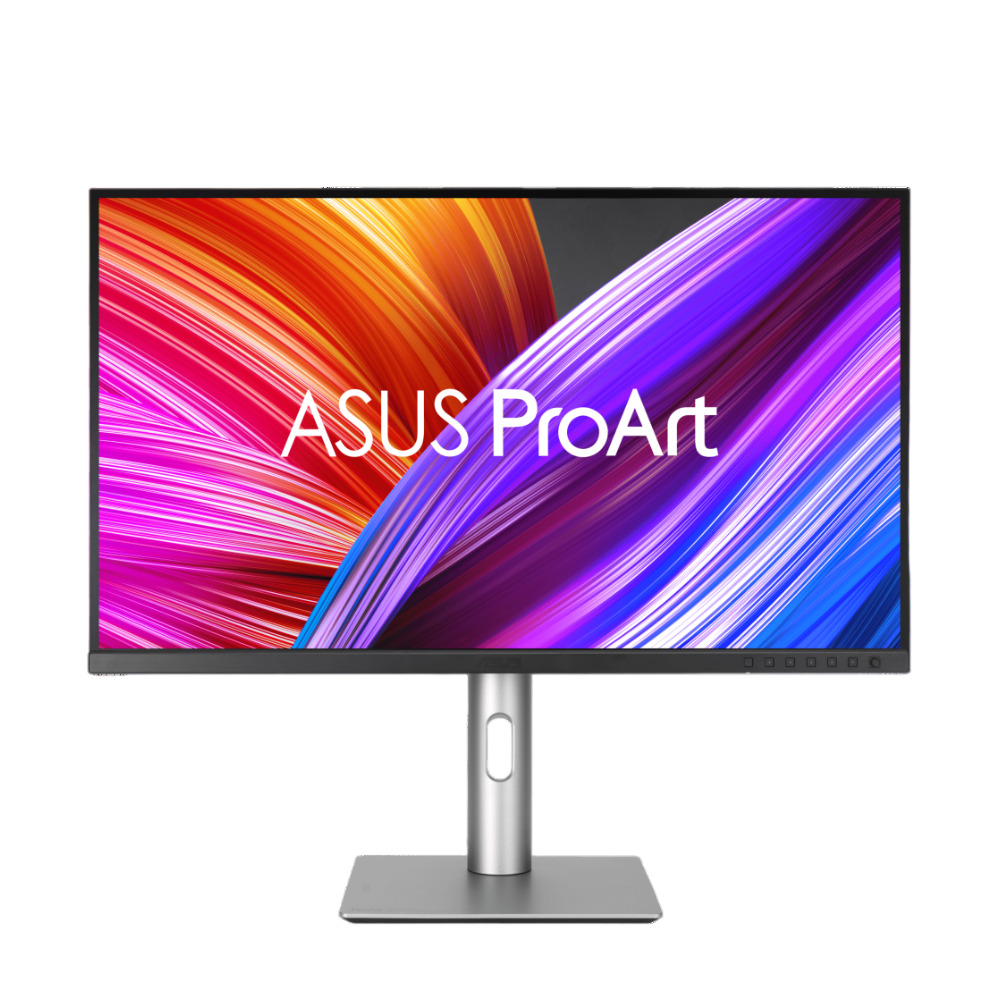

Best Budget Monitor for Photo Editing
ASUS ProArt Display PA279CRV
$427 $469 Save $42
The ASUS ProArt Display PA279CRV has everything you want in an affordable monitor for photo editing. It delivers excellent color accuracy and has near-complete coverage of the AdobeRGB color space.
$427 at Amazon See at B&H Photo Video See at Newegg
Best 4K Monitor for Photo Editing: BenQ SW321C
| Pros | Cons |
|---|---|
| 99% AdobeRGB and 95% DCI-P3 coverage | Limited supported printers in Paper Color Sync mode |
| Great screen uniformity | Palette Master Elements software is buggy |
| Excellent out-of-the-box accuracy |
The SW321 is the best monitor in BenQ’s PhotoVue lineup and perfect for anyone looking for a 4K display for photo editing. It comes with “Calman Verified” certification for out-of-the-box accuracy, and there is support for hardware calibration to help you keep the color accuracy at an optimal level.
It also boasts excellent color space coverage with 100% sRGB, 99% AdobeRGB, and 95% DCI-P3 coverage. Plus, there are 14 color modes, of which you can program three to the included hotkey puck for a quick switch.
Screen uniformity is another area where the BenQ shines with less than 6% brightness variance and a Delta E of less than 1.7 in color deviation.
In other highlights, you get a bundled shading hood to minimize glare, GamutDuo Mode to compare a picture in two different color spaces side by side, and the Paper Color Sync mode to preview how an image will look in print.
BenQ has also packed two HDMI 2.0 ports and one DP 1.4. Plus, there is a USB-C port with DP Alt mode and 60W power delivery for a single cable connection with a laptop.
As you can expect, all these features add up in terms of cost. But thanks to the monitor’s solid color accuracy, uniformity, and coverage, it’s still a good value for professionals. The only gripe you may have is the buggy Palette Master Elements calibration software from BenQ and the limited selection of printers and paper in Paper Color Sync mode.
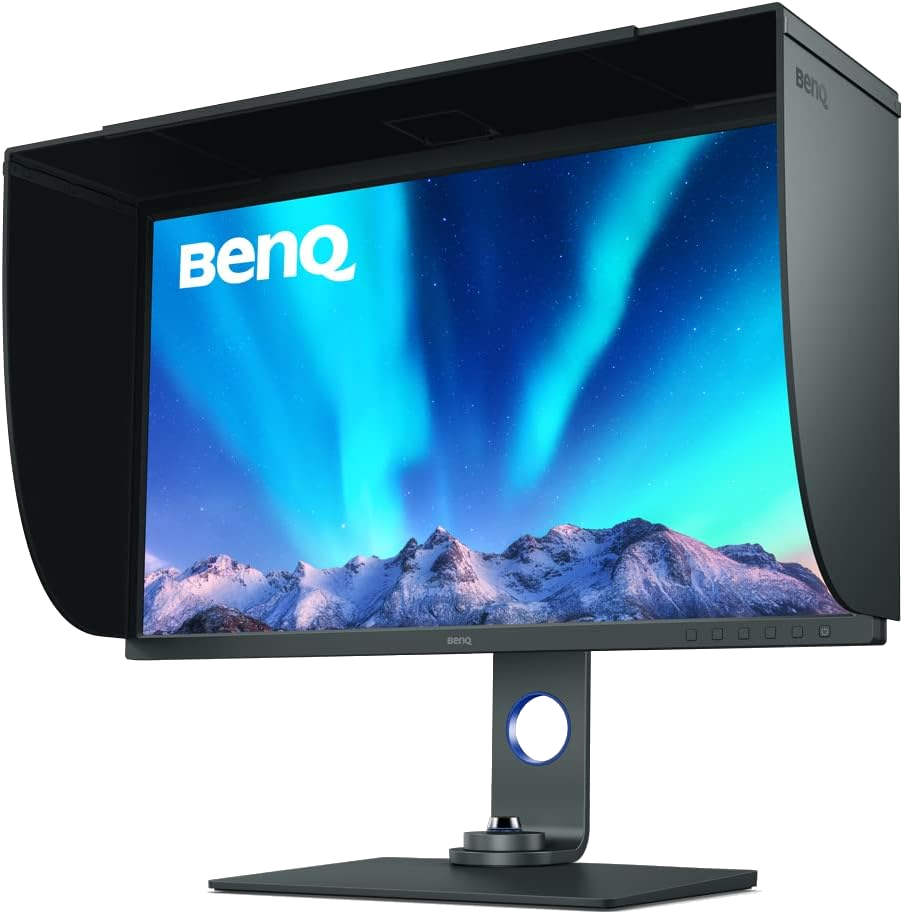

Best 4K Monitor for Photo Editing
BenQ SW321C
BenQ’s SW321 is the 4K monitor to beat for photo editing. It covers 99% of the AdobeRGB color space and has helpful features like Paper Color Sync mode.
$1900 at Amazon See at bestbuy See at adorama
Best Ultrawide Monitor for Photo Editing: LG 40WP95C-W
| Pros | Cons |
|---|---|
| 5K2K resolution gives tons of screen real estate for multitasking | Doesn’t get very bright to counter glare |
| Thunderbolt 4 support | |
| Factory calibrated and complete coverage of sRGB | |
| Curved screen helps with physical fatigue |
The LG 40WP95C-W is an excellent ultrawide monitor to replace your dual-display setup. It features a 5K2K resolution, essentially 4K but with 33% more horizontal space. This will undoubtedly come in handy while multitasking.
Besides being ultrawide, the LG monitor is also curved with a 2500R curve radius. It’s a gentle curve but helps keep most, if not all, of this 40-inch display in your field of view without turning your head.
Built for creatives, the 40WP95C-W comes factory calibrated and covers the entire sRGB color space. You also get 90% of AdobeRGB and 95% of DCI-P3. Plus, you can use LG’s Calibration Studio software with a calibrator to keep the colors accurate.
Connectivity options are solid, and you can pick from two HDMI 2.0, one DP 1.4, and two Thunderbolt 4 (TB4) ports. The second TB4 allows you to daisy chain a second monitor if needed. And the TB4 ports support 96W power delivery to keep most connected laptops fully charged.
The monitor has a clean design, and the included stand is fairly ergonomic. You can adjust height, tilt, and swivel. But like most ultrawide monitors, there is no support for a pivot to portrait mode.
The only aspect of this monitor that may trouble some people is the brightness, mainly those working in very bright environments. Otherwise, the 300 nits or so brightness the LG monitor offers is enough for most people.
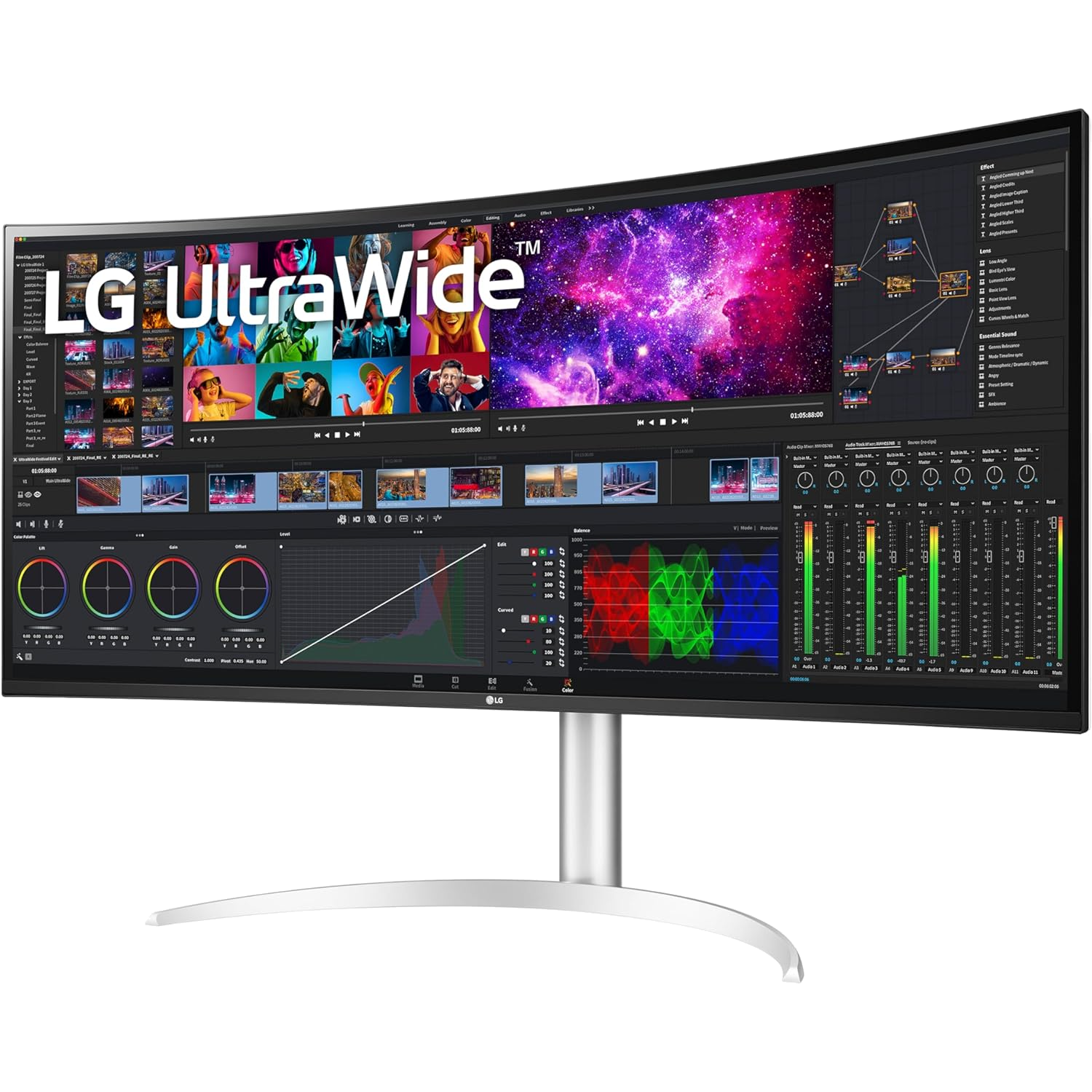

Best Ultrawide Monitor for Photo Editing
LG 40WP95C-W
$1397 $1800 Save $403
The LG 40WP95C-W is an impressive ultrawide monitor that comes factory-calibrated for accuracy and an expansive selection of connectivity options.
$1397 at Amazon See at bestbuy See at adorama
Best Mac Monitor for Photo Editing: Apple Studio Display
| Pros | Cons |
|---|---|
| Seamless experience with macOS | Available stands aren’t very ergonomic |
| Excellent color accuracy | No AdobeRGB mode |
| Extra goodies like a built-in webcam and mic array |
While most of our recommendations will play well with macOS computers, Apple’s Studio Display delivers the most effortless experience. You will face no scaling, power, sleep, or other issues with the monitor. In addition, it sports a 27-inch 5K display with exceptional color accuracy and excellent uniformity out of the box.
In typical Apple fashion, the build quality and construction of the Studio Display are top-notch. And while the two stand options may not be the most ergonomic, you can opt for a VESA mount adapter .
You only get a single Thunderbolt 3 port regarding video inputs, but it can deliver up to 96W power to a connected MacBook for charging. Apart from the TB3 port, three USB-C ports are rated for USB 3.2 Gen 2 speeds, which you can use to connect peripherals or storage devices.
Additionally, the Studio Display has an ultra-wide camera, a three-mic array, and a six-speaker system that you can use while making video calls. Such features, particularly the camera and the mic, are uncommon on monitors.
Unfortunately, the base Studio Display model has a glossy finish on the screen, which isn’t great if you deal with glare. But you can pay extra for the Nano-texture glass that does a better job of dealing with glare and reflections. The Apple monitor also doesn’t include an AdobeRGB mode. So if you are someone who frequently prints their photos, you might need to look into another option .
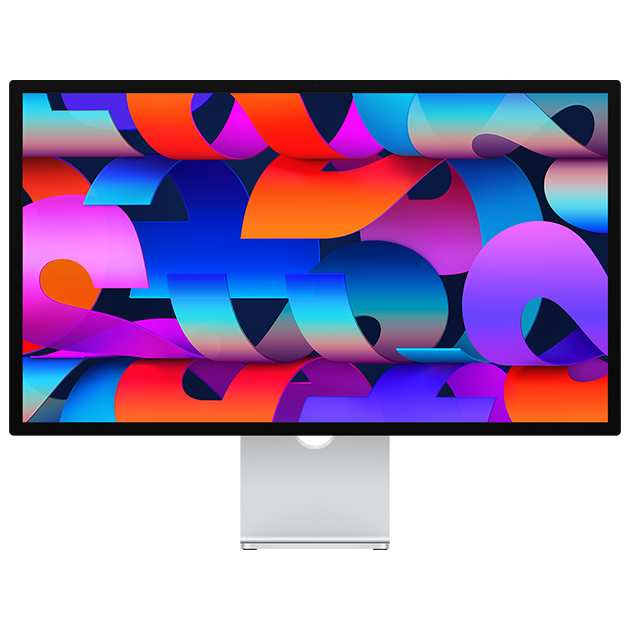

Best Mac Monitor for Photo Editing
Apple Studio Display
$1300 $1599 Save $299
Apple’s Studio Display is a beautiful and well-rounded 5K monitor for your Mac. It offers superb color accuracy and has excellent brightness uniformity.
$1300 at Amazon See at bestbuy See at adorama
Best Monitor for Video Editing: ASUS ProArt Display PA32DC
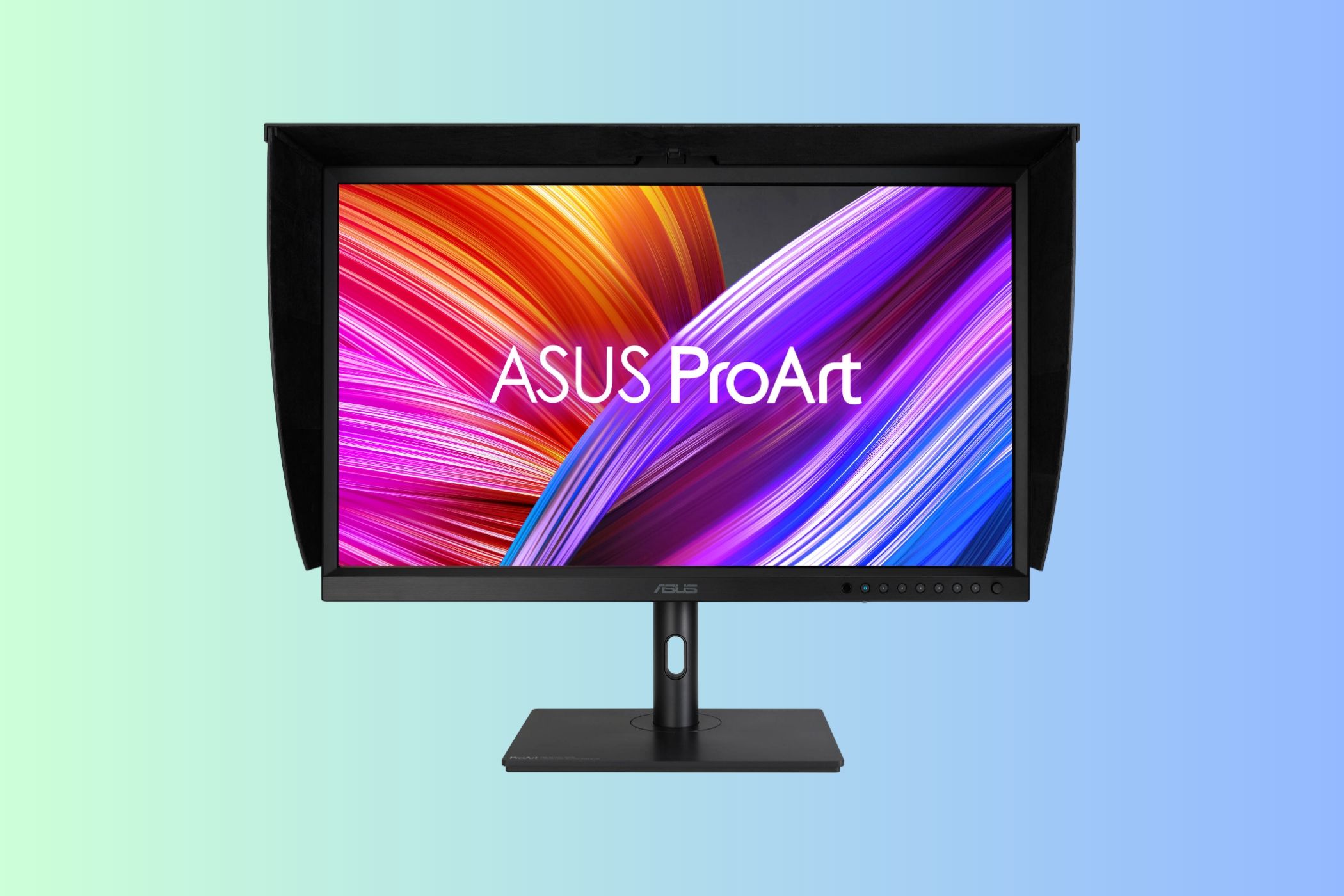
ASUS
| Pros | Cons |
|---|---|
| Built-in colorimeter for self/ auto-calibration | Expensive |
| OLED screen | |
| Dolby Vision support | |
| Near-complete coverage of DCI-P3 color space |
Video editing professionals will love the ASUS ProArt Display PA32DC . It’s a top-notch 4K monitor with a beautiful 32-inch OLED panel, so you get inky blacks and a near-infinite contrast ratio. Plus, it provides near-complete coverage of the DCI-P3 color space.
One of the highlights of the ProArt Display PA32DC is the built-in colorimeter that promises professional-grade color accuracy. Thanks to this, you can easily keep the display calibrated at all times. Speaking of calibration, the monitor ships calibrated from the factory with a Delta E of less than one.
You will also be happy to know that the PA32DC has true 10-bit color depth, meaning it can display 1.07 billion shades of color without any frame-rate wizardry of the 8-bit + FRC screens.
Moreover, the monitor supports all popular HDR formats, including Dolby Vision , and has comprehensive connectivity options. You get HDMI, DisplayPort, and USB-C ports.
All these exciting features of the ASUS offering do add up in terms of pricing, and the PA32DC is quite expensive. If you want a more affordable alternative, the Dell U3223QE is a good option. You can get it for under $1000, and it also gives you a 4K display, but it’s an LCD panel, and fancier features like a built-in colorimeter are missing. Otherwise, the monitor has impressive accuracy and a wide color gamut.
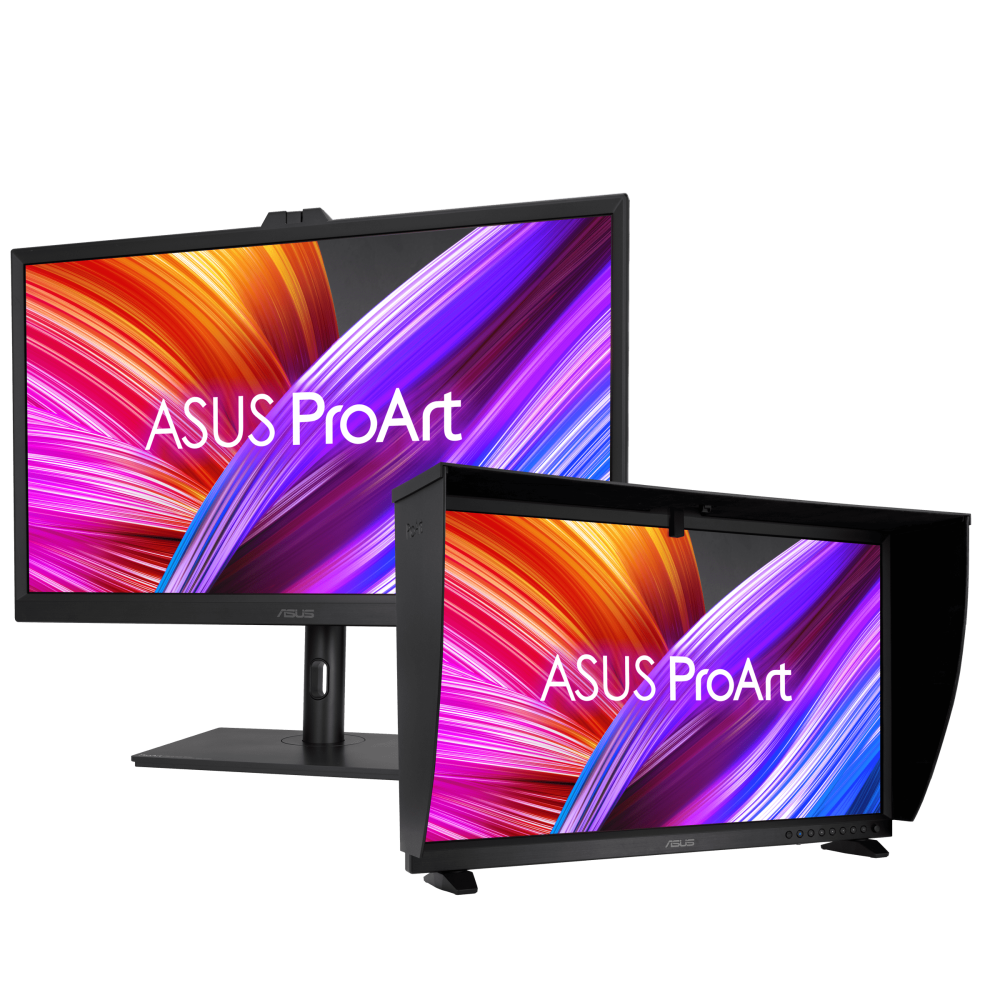

Best Monitor for Video Editing
ASUS ProArt Display PA32DC
$2800 $3499 Save $699
ASUS ProArt Display PA32DC is perfect for creative professionals, including video editors, with its 99% DCI-P3 coverage, fantastic color accuracy, and built-in colorimeter.
$2800 at Amazon See at B&H Photo Video See at Newegg
FAQ
How do I calibrate my monitor for photo editing?
To calibrate your monitor , you can use a calibration kit, such as Spyder X Pro or Calibrite ColorChecker Display Pro . These kits require some financial investment but are worth the money for professionals. If you don’t want to spend the money, both macOS and Windows come with built-in calibration tools, and you can find them in the display settings.
What monitor settings are best for photo editing?
To get your monitor ready for photo editing, you can calibrate it for the color gamut you will use, such as sRGB or AdobeRGB, and make sure you choose the correct ICC profile while editing the photos.
How do I clean my computer monitor?
You can clean your computer monitor with a dry microfiber cloth. But if there are any stubborn smudges or grime, you can spray some distilled water on the cloth for help. Avoid abrasive materials, alcohol-based cleaners, or directly spraying water on the monitor.
How do I measure a computer monitor?
You can get the size of a computer monitor by measuring the screen diagonally. But make sure to ignore the bezels.
How do I connect two monitors to a computer?
You will first have to check whether your computer can support two monitors by contacting the manufacturer. Then, if there are two video output ports on your computer, you can use each to connect a monitor. For example, you can connect one monitor to an HDMI port and the other to the DisplayPort. But if you don’t have multiple video-out ports, like on a laptop , a USB-C hub or dock can also help.
Also read:
- 'Review of Assassin's Creed: Valhalla': Epic Adventure and Rich Lore in the Heart of Medieval Europe
- [New] Enchant Your E-Images with Electronic Soundtracks
- [New] FrameFixer Feedback – Complete Editor Analysis
- [New] In 2024, ChromeOS Top Free Screen Capture Software
- [Updated] How to Streamline Your Vimeo Video Subtitles for 2024
- 2024 Approved Streaming Software Showdown The Verdict on Wirecast Vs. OBS
- Best Mini-Jar Battery Boosters 2024
- Boost Your WiFi Signal Strength Using the Durable Netgeer Nighthawk X6S Extender
- Gratuito Em Linha: Transformar Arquivos FLAC Para Formato M4A Com O Movavi
- Logitech C920 Pro HD Webcam Review: Real HD Video
- Premium Blossom Wallpapers & Visual Content for Designers - HD Imagery Catalog by YL Software
- Revolutionizing Wireless Connectivity: The Ultimate Test of the ASUS ZenWiFi XT8 Mesh Network System
- The Ultimate Assessment of Google Nest Wi-Fi Router Range Extenders: Quick Connectivity Experience
- The Ultimate Guide to the 3Rd Generation Apple TV 4K Streaming Device Reviewed
- Unlocking Revenue How to Profit From YouTube Short Videos for 2024
- Title: Elite Selection: The Definitive List of Premium Monitors Tailored for Photographers
- Author: Steven
- Created at : 2025-02-18 18:58:05
- Updated at : 2025-02-19 17:50:20
- Link: https://buynow-marvelous.techidaily.com/elite-selection-the-definitive-list-of-premium-monitors-tailored-for-photographers/
- License: This work is licensed under CC BY-NC-SA 4.0.
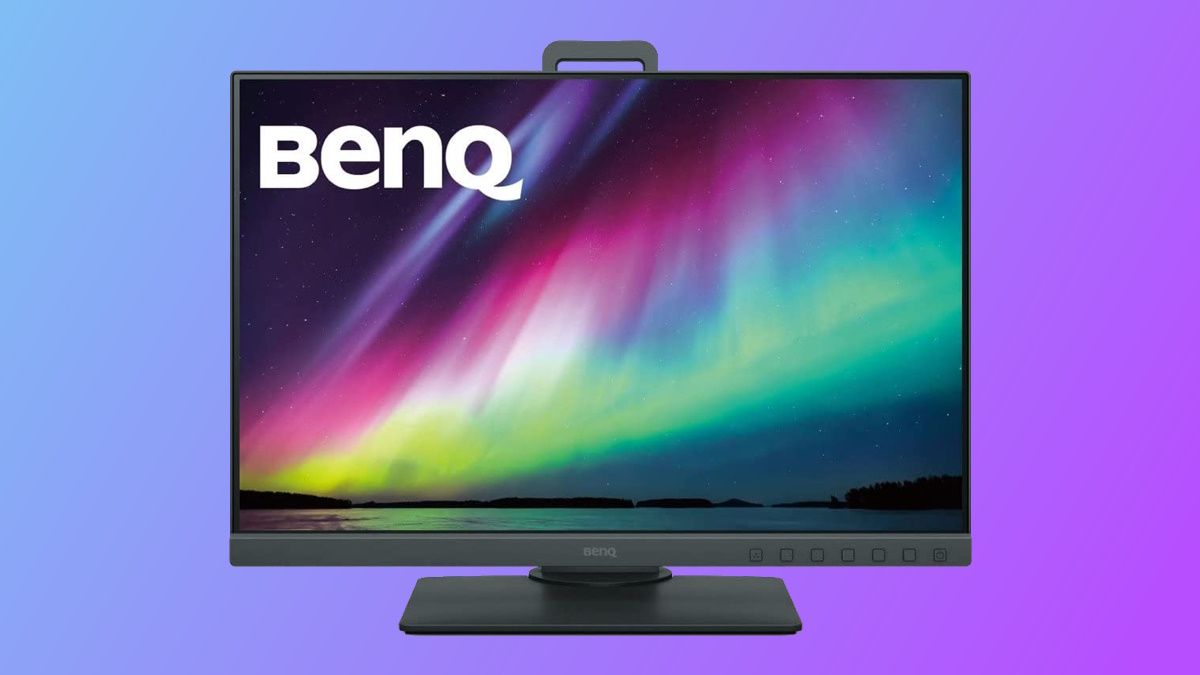 BenQ
BenQ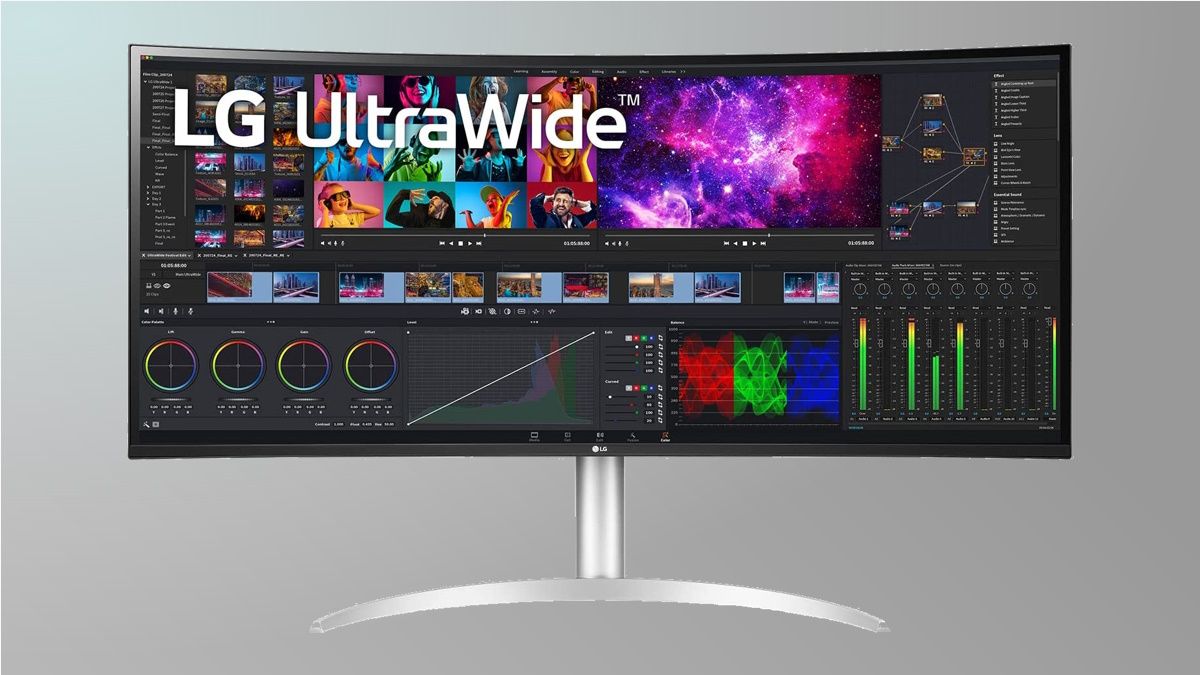 LG
LG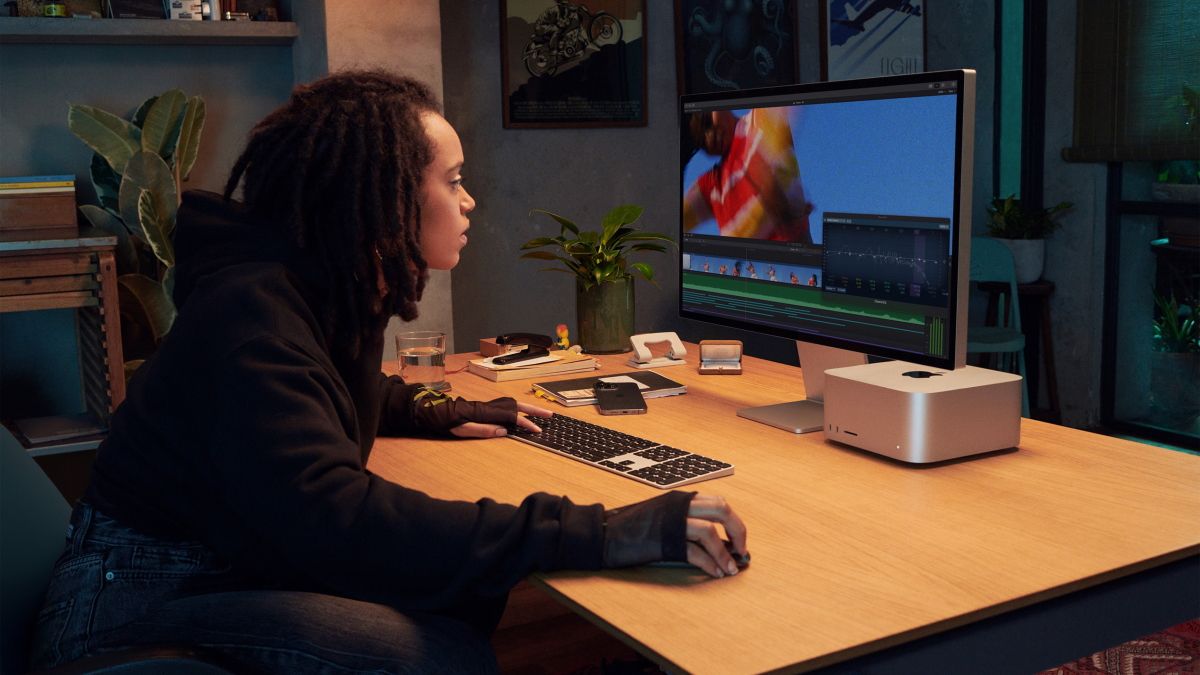 Apple
Apple